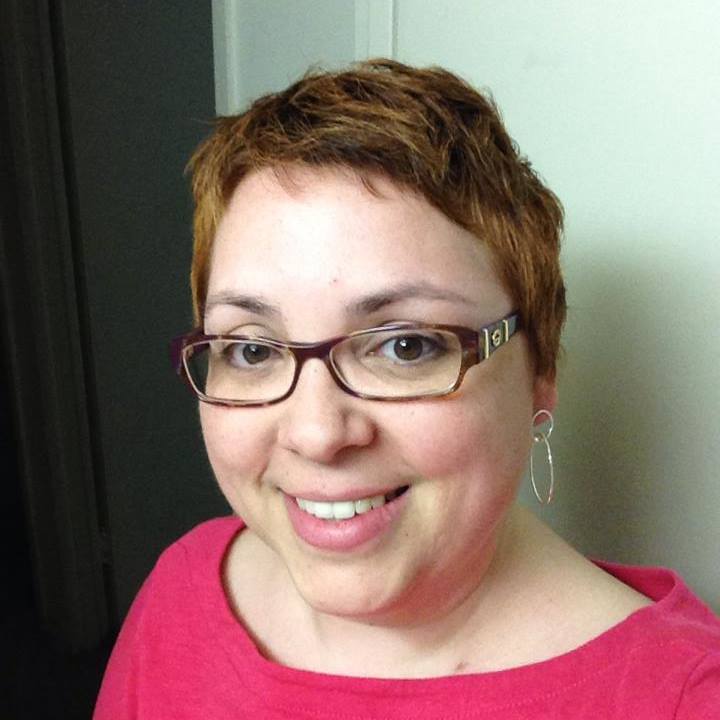
Diane Greenhalgh
Diane Greenhalgh joins us again with some more great ideas on creating content for your nonprofit. ~Kivi
Guest Post by Diane Greenhalgh of the Pulmonary Hypertension Association
On this blog and in her webinars and book, Kivi talks about how you should try to become your community’s favorite nonprofit because research has shown that people give two-thirds of their charitable donations each year to one favorite charity. One of the ways you become their favorite is by providing your community with great content that they keep coming back for.
But with our overworked schedules, it’s easy to get lost in the thing of the moment, whether it’s an upcoming event, the latest action alert or a new resource. The “evergreen” resources at the core of what you do often get lost in the struggle to keep up, but these are often some of the very things that create loyal members of your community. They also lend themselves to great opportunities for repurposing, saving you time in the process.
Here are some tips for creating a well-balanced diet of great content your community looks forward to:
1. Before you get started, do your research. You can’t create an editorial calendar full of what your community wants without knowing first what that is. Conduct a survey, do a focus group and evaluate your analytics. Repeat this process on a regular basis to stay abreast of what works and what doesn’t.
2. Create your editorial calendar with your list of goals and audiences in front of you so you create a calendar that meets the needs of both.
3. Develop regular recurring slots for the different types of content and your different audiences. Use a calendar like Google Calendar that allows you to create recurring events so you don’t have to insert recurring slots each month. At the Pulmonary Hypertension Association where I work, we have regular features for things from community stories and ways to connect to niche population resources and information we want our community to share with their online networks.
4. Google Calendar also allows you to see an overview of all of your channels together or one at a time if you create a calendar for each channel under the same account. We also include a calendar for national holidays and various other important dates, like associated disease awareness months, that we want to use for our marketing.
5. If you have them, tap program staff in each area to be responsible for the slots under their programs since they would know best what should be highlighted. While the content I get often needs to be edited and adjusted for the various channels, I don’t have to figure out what to write about and have somewhere to start from. I also work with staff to improve their submissions bit by bit so they progressively require less of my time.
6. Identify content that can be created well in advance and create a cache of content. For example, our intern creates a cache of Question of the Week images and posts for our Faces of PH and website resource features.
7. When choosing what to highlight in recurring slots, use themes for what you are promoting at the moment or look to events of the season so your messaging is all tied together.
8. Don’t forget to interact with your community. Find ways to end your content with a question for your community to respond to, and create slots for surveys, polls and questions. Our Question of the Week initiates a lot of great feedback and conversation, and a lot of great quotes.
9. Integrate opportunities into your calendar for developing relationships with partners, especially on social media. We have a slot in the morning to share something on Facebook and Twitter from someone else. We also have regular slots for sharing content from our partners as well as sharing things we think would be useful to our partners, being sure to tag our partners in our posts.
How do you ensure you’re providing the content your community craves?
As the Pulmonary Hypertension Association’s Director of Web Services, Diane Greenhalgh provides leadership and strategic planning for PHA’s web properties and content marketing through e-channels. She serves as PHA’s main editor for all electronic communications, leads new web section design projects, mentors and trains staff to improve their e-communications and technical skills, and creates and executes organization-wide marketing plans for some of PHA’s major initiatives.






